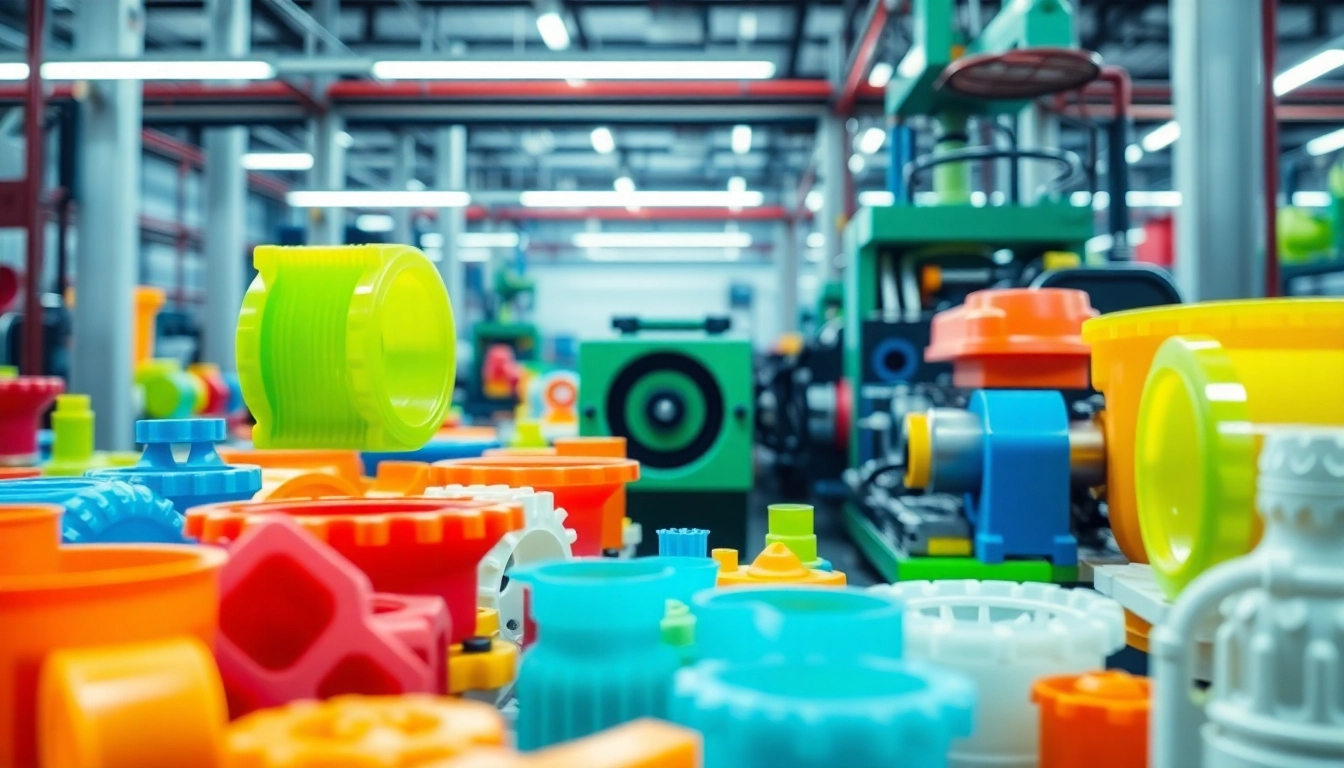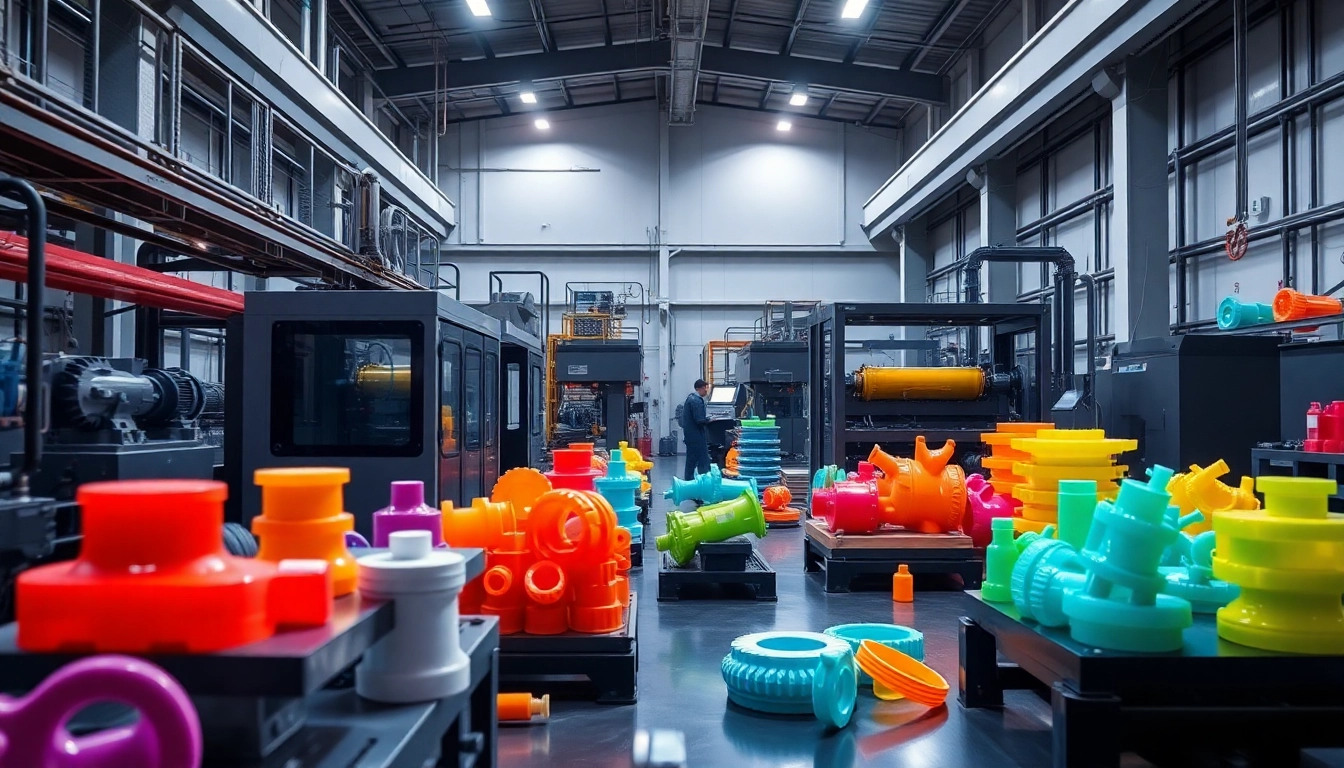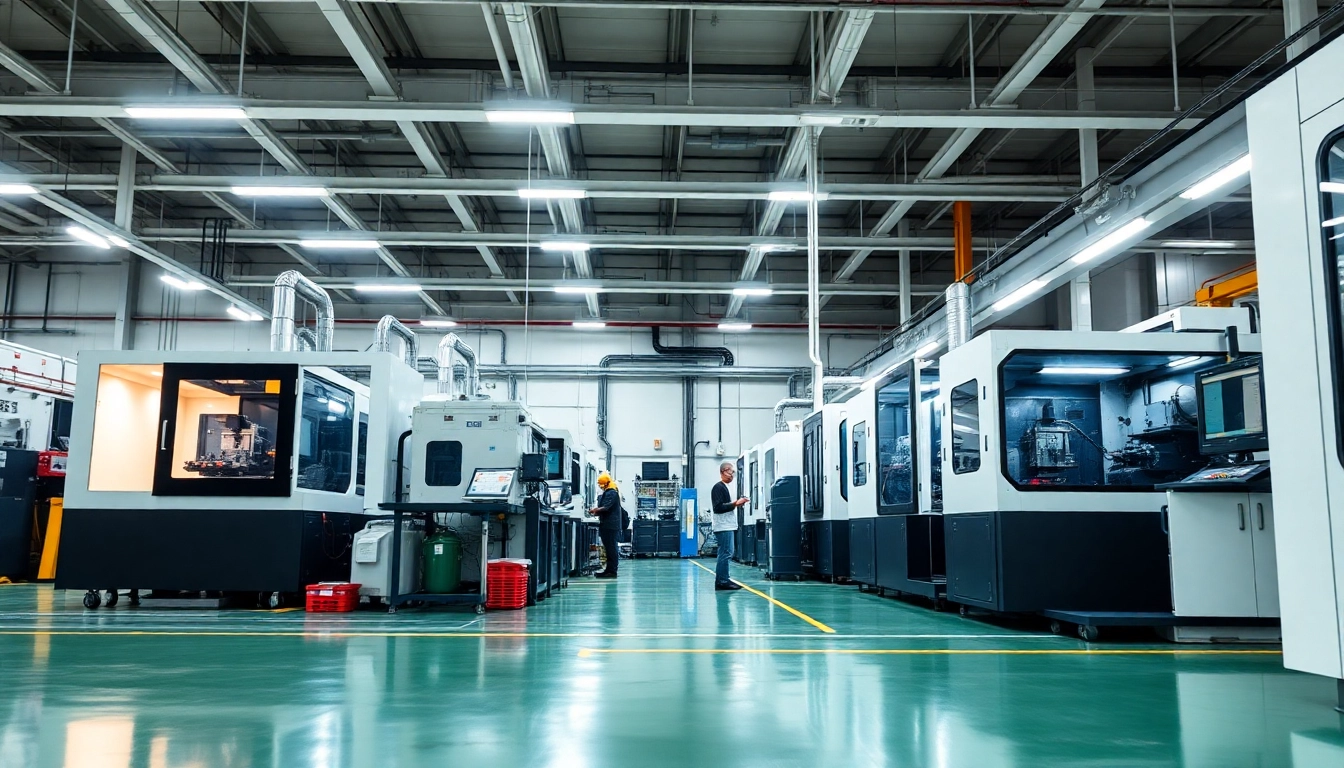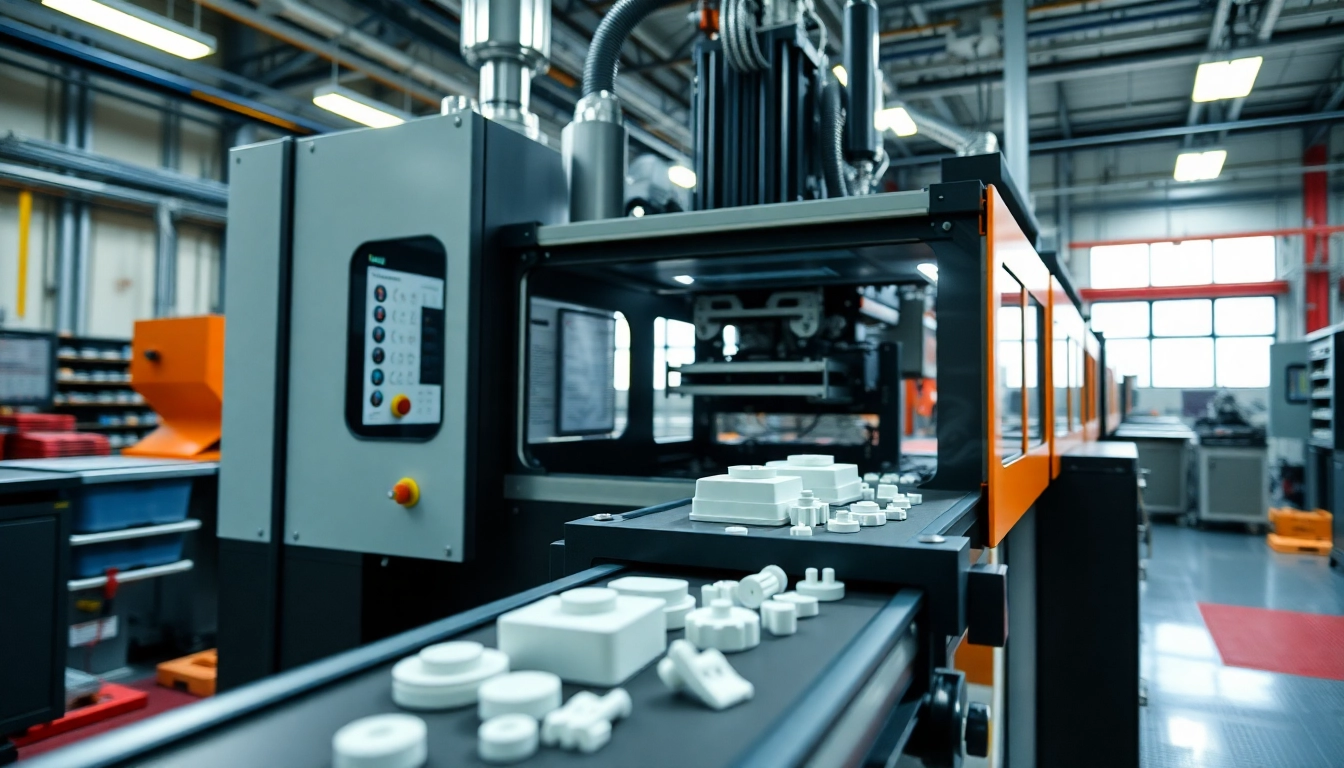Introduction to Blow Moulded Plastic Parts
Understanding the significance of blow moulded plastic parts is crucial for various industries today. These components, which are used in a multitude of applications, are products of a specialized manufacturing process known as blow molding. This technique enables the creation of hollow plastic parts, making it a preferred choice for many manufacturers looking for efficiency, versatility, and quality.
What are Blow Moulded Plastic Parts?
Blow moulded plastic parts are hollow components made from thermoplastic materials through a specific manufacturing process called blow molding. This process involves inflating a molten tube of plastic (known as a parison) until it conforms to the shape of a mold. The result is a lightweight, durable product that can be found in everything from bottles and containers to automotive parts and industrial components.
Understanding the Blow Molding Process
The blow molding process can be broken down into several key steps:
- Creation of the Parison: A parison is formed by melting plastic and extruding it into a tube-like shape. The specific type of blow molding—whether extrusion, injection, or stretch—is determined by manufacturing needs.
- Molding: The heated parison is placed into a mold, which is then closed around it. This mold gives the part its final shape.
- Inflation: Compressed air is injected into the parison, causing it to expand and force against the mold’s inner surface. This step is crucial for achieving the desired shapes and dimensions.
- Cooling and Ejection: The molded part is allowed to cool sufficiently to retain its shape before being ejected from the mold.
Applications of Blow Moulded Plastic Parts
Blow moulded plastic parts are used in a wide range of applications across various industries:
- Consumer Goods: Common items such as bottles, containers, and toys utilize blow molded designs for mass production.
- Automotive: Components like fuel tanks, air ducts, and fenders are often manufactured through blow molding.H
- Industrial Uses: This includes tanks, bins, and other larger items requiring durability and lightweight properties.
- Medical Devices: Some medical applications leverage blow molded parts that require sterility and precision.
Types of Blow Molding Techniques
The blow molding process primarily falls into three categories, each with its specific applications, advantages, and limitations.
Extrusion Blow Molding Explained
Extrusion blow molding is one of the simplest and most commonly used methods for producing hollow plastic parts. The process starts with heated plastic being extruded into a parison, which is then molded into the desired shape. The key benefits of this technique include:
- Cost-effectiveness, especially for high-volume production.
- Ability to create a broad range of shapes and sizes.
- Fast production speeds.
However, it may not be suitable for producing complex or highly detailed parts.
Injection Blow Molding Insights
Injection blow molding involves first creating a preform through injection molding, which is then inflated into its final shape. This method offers several advantages:
- Highly accurate and consistent production of parts.
- Greater design flexibility, allowing for intricate shapes and features.
- Better control over wall thickness.
The trade-off includes higher production costs, making it less ideal for large-scale production compared to extrusion methods.
Comparison of Different Blow Molding Methods
While both extrusion and injection blow molding serve the purpose of creating hollow parts, they differ significantly:
| Feature | Extrusion Blow Molding | Injection Blow Molding |
|---|---|---|
| Cycle Time | Shorter cycle times for larger production volumes | Longer cycle times due to multiple processes |
| Material Cost | Lower material costs | Higher material costs due to preform requirements |
| Complexity of Design | Limited design complexity | High design complexity and precision achievable |
Materials Used in Blow Molding
Selecting the right material for blow molding is critical for achieving desired product characteristics and performance. The choice of plastic material is influenced by several factors including cost, mechanical properties, and sustainability.
Common Plastics for Blow Moulded Plastic Parts
Some of the common plastics used in blow molding include:
- Polyethylene (PE): Available in various forms such as Low-Density (LDPE) and High-Density Polyethylene (HDPE), this is among the most frequently used materials due to its strength and chemical resistance.
- Polypropylene (PP): Known for its cost-effectiveness and resistance to stress, polypropylene is favored in packaging and automotive applications.
- Polyethylene Terephthalate (PET): Highly appreciated in the beverage industry for its durability and recyclability.
- Polyvinyl Chloride (PVC): While not as common for blow molding as PE or PET, PVC is used for specific applications due to its rigidity and UV stability.
Advantages and Limitations of Each Material
When selecting a material for blow moulded plastic parts, each material offers distinct advantages and potential drawbacks:
Polyethylene (PE)
- Advantages: Excellent chemical resistance, low cost, and good impact resistance.
- Limitations: Poor UV stability and stress cracking.
Polypropylene (PP)
- Advantages: High fatigue resistance, good thermal stability, and low density.
- Limitations: More expensive than PE and less versatile for certain applications.
Polyethylene Terephthalate (PET)
- Advantages: Strong, lightweight, and recyclable with high clarity.
- Limitations: Higher production costs and limited heat resistance.
Polyvinyl Chloride (PVC)
- Advantages: Excellent strength and durability; customizable for various applications.
- Limitations: Environmental concerns regarding its production and disposal.
Choosing the Right Material for Your Needs
When selecting material for blow molded parts, consider the following factors:
- End-Use Requirements: Determine the mechanical and thermal properties required for the application.
- Manufacturing Costs: Assess budget constraints and look for cost-effective materials without compromising quality.
- Sustainability Goals: Factor in the environmental impact, including recyclability and carbon footprint.
Quality Control in Blow Molding Manufacturing
Ensuring high-quality blow molded plastic parts necessitates a rigorous quality control process. This involves monitoring production processes and implementing corrective actions when necessary.
Key Quality Metrics to Measure
Some essential metrics for assessing the quality of blow molded parts include:
- Dimensional Accuracy: The parts must adhere to specific dimensions as per the design.
- Surface Finish: The aesthetic quality of the part should meet customer standards.
- Weight Consistency: Each part should maintain a uniform weight to ensure functionality.
- Material Integrity: The absence of defects like cracks, bubbles, or weak spots should be guaranteed.
Techniques for Ensuring Fabrication Integrity
To ensure integrity in blow molding, manufacturers often employ several techniques:
- Regular Equipment Maintenance: Keeping machinery in good working condition helps prevent defects.
- Implementation of Statistical Process Control (SPC): Utilizing statistical techniques allows manufacturers to monitor production processes in real-time.
- Training and Development: Regular training for employees on best practices and quality standards is essential.
Common Defects and Their Solutions
Quality control in blow molding is critical to minimize defects. Some common defects include:
- Weak Walls: Can be addressed by optimizing the mold design and ensuring correct material temperature.
- Uneven Thickness: Regular monitoring during production can help identify and rectify this issue.
- Surface Imperfections: Implement proper material handling and environmental controls to reduce this risk.
Future Trends in Blow Molding
The blow molding industry is evolving rapidly, adapting to technological advancements and changing market needs. Understanding these trends is vital for manufacturers to maintain a competitive edge.
Innovative Developments in Equipment and Technology
Future developments in blow molding include:
- Smart Manufacturing: Integration of IoT devices and AI for better monitoring and predictive maintenance.
- Advanced Materials: Research into greener alternatives and advanced composites that enhance part performance.
- Automation: Increase in automated processes that improve efficiency and reduce labor costs.
Sustainability in Blow Moulded Plastic Production
Sustainability remains a crucial focus, as industries seek methods to reduce environmental impact:
- Use of Recycled Materials: Manufacturers are increasingly looking to incorporate recycled plastics into their products.
- Energy Efficiency Measures: Adoption of energy-efficient machines and processes can reduce overall carbon footprint.
The Evolving Market for Blow Moulded Plastic Parts
The market for blow molded plastic parts continues to grow, driven by rising demand in sectors such as packaging, automotive, and healthcare. Manufacturers must adapt to shifting consumer preferences and regulatory environments to stay competitive.
Conclusion
In conclusion, blow moulded plastic parts play an essential role across various industries due to their versatility and efficiency. By understanding the processes, material options, quality control measures, and future trends, businesses can better navigate the evolving landscape of plastic manufacturing. With the adoption of sustainable practices and innovative technologies, the potential for growth in blow molding is not just promising, but also imperative for future competitiveness.



